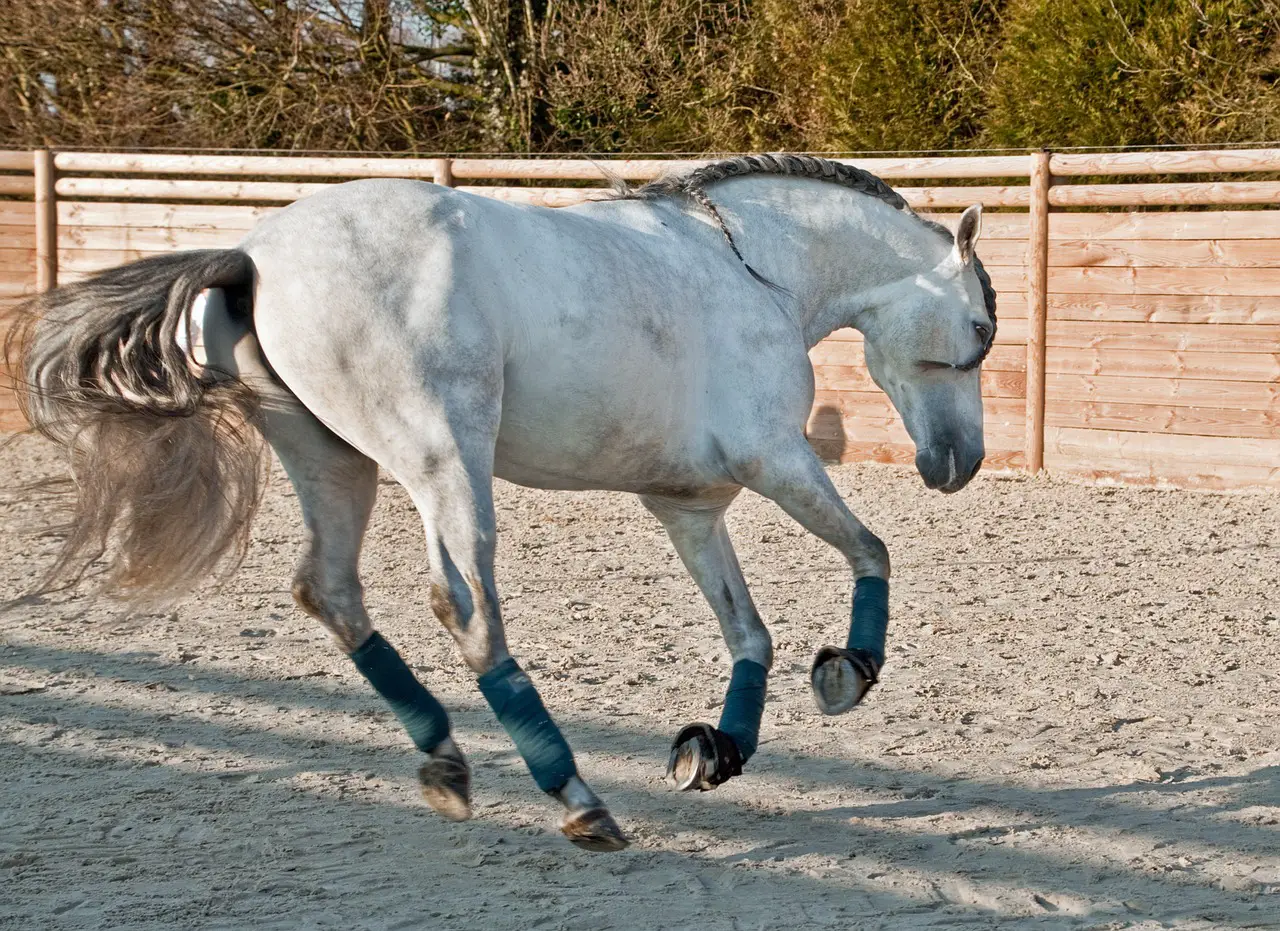Last Updated on March 29, 2022 by Allison Price
The fibularis (peroneus tertius) is a tendinous structure. It originates from the extensor Fossa in the femur, runs across the craniolateral side of the tibia, inserting on the dorsoproximal aspects of the third metatarsal, calcaneus and the third and forth tarsal bones. It is part the reciprocal apparatus for the hindlimb. This means that there is simultaneous flexion and extension the hock and the stifle. Hyperextension of the leg may cause a rupture of the fibularis Tertius. It usually occurs in the middle or dorsal side of the crus. Although rare in mature horses, avulsion of the origin at the fibularis Tertius may occur in young animals.

Because horses can extend their hocks while the stifle is being flexed, clinical signs are considered pathognomonic. Horses can bear weight on the affected leg. The gastrocnemius muscles and the superficial digital flexor muscle appear flaccid at walk. There is also a distinctive dimple in the caudodistal portion of the soft tissues. Trot is characterized by obvious lameness and delayed protraction of one limb as a result of overextension of one’s hock.
Ultrasonography can confirm diagnosis.
A conservative treatment that involves stall rest for 3-4 months followed by slow, careful reintroduction of exercise often results in complete resolution of the signs and return of athletic soundness.



